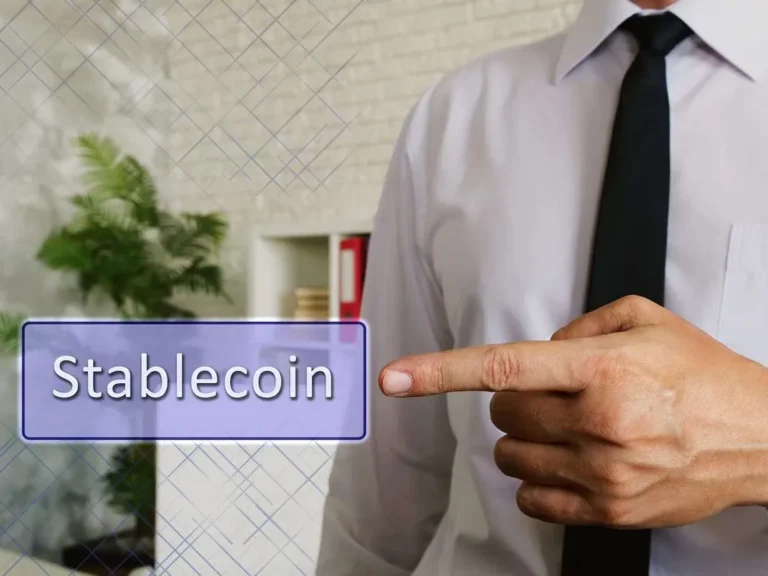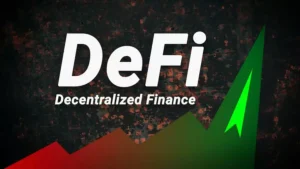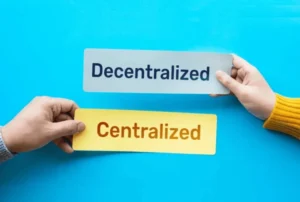The adoption of cryptocurrencies across various sectors and industries is slowed down due to the widespread concerns about volatility. Despite the convenience of this payment method, stakeholders have doubts regarding the liquidity of digital assets. Small and medium-sized businesses (SMBs) struggle to set a foothold in foreign markets, failing to adhere to local regulations. Embracing stablecoin payments offers a way out. Utilizing this method, enterprises expedite transactions, build secure supply chains, and establish transparent collaboration with partners.
As the price of stablecoins is pegged to fiat currencies, crypto, and commodities, they are safe to utilize, which explains their popularity. Trusted web-based exchanges list such tokens, hoping to expedite the adoption of decentralized currencies, win investors’ trust, and help clients avoid risks related to speculative trading.
Understanding Stablecoin
Achieving sustainable growth necessitates providing clients with the freedom to choose convenient payment methods. Decentralized money with value linked to fiat currencies is a reliable alternative to other blockchain assets. The quick adoption of this option is explained by the fact that it facilitates cross border payments opening a wealth of opportunities.
Besides allowing SMBs and individuals to access global markets and streamline their workflows, the medium of exchange speeds up payments and allows exchange service users to avoid paying high bank fees.
Investing in cryptocurrencies remains a risky endeavor due to their volatile nature. In contrast, stablecoins are designed for widespread adoption. Regulators are more lenient when developing legislation controlling the market, as these tokens are issued by trusted entities and organizations.
With over 30% of stablecoins remaining live and half of them being based on the Ethereum blockchain, they stand out due to their price stability and convenience.


Turnkey Brokerage Solution For Your Business
Get the most profitable fully licensed fx/crypto brokerage software or ready-to-operate business in 48 hours. Best-in-class web & mobile trading platforms, sales-driven CRM, full integration with MT4/5, and 150+ payment providers.
Stablecoins vs. Central Bank Digital Currencies (CBDCs)
Even though some inexperienced investors tend to employ both terms interchangeably, it is recommended to avoid confusion. Learning about their differences is the only way to build a sustainable long-term strategy.
Despite the seeming similarities between pegged coins and central bank digital currencies (CBDC), the latter are issued only by the national monetary authority. At the same time, stablecoins can be released and controlled by various regulated financial organizations. What unites them is that they are blockchain-based assets. Nevertheless, coins by national banks predictably rely on a centralized architecture.
A quick CBDC vs stablecoin comparison shows that the former is stored in government-issued wallets and is mostly accepted domestically, which limits its scope of usage in trans-border operations. The latter is easier to store and employ. It facilitates their use as a medium of exchange in the countries where current laws permit it.

Are Stablecoins the Next Opportunity in Payments?
Available on all popular exchanges, stablecoins are no longer utilized solely in transactions with foreign business partners. After Visa proclaimed its intent to cooperate with WorldPay to accept stablecoins, traders have taken a keen interest in such coins, seeing them as a chance to expedite the settlement operations.
Countries with rapidly developing markets and laidback regulations are at the forefront of global adoption. Stablecoins have growth potential in Asia and Latin America where crypto assets are commonly used in retail and other industries.
Still, as real world applications of cryptocurrencies remain limited, many people still see these assets with mistrust. Stablecoins issued by authoritative institutions may gain wider traction and shape the perceptions of the market positively.
Volatility occasionally reaching 3% does not allow e-commerce business owners to use such tokens like fiat. Nevertheless, choosing coins connected to the US dollar or euro allows users to avoid potential hazards caused by price spikes. Expediting adoption is tied to reducing instability and maintaining transparency to convince buyers to use such tokens.
Benefits of Stablecoin for Cross-border Payments
As many entrepreneurs and clients have reasonable doubts regarding decentralized currencies, establishing trust requires highlighting the main advantages of such assets. Below, we have outlined the key upsides to adopting stablecoins:
- Diminished risks: As all transactions are validated on a decentralized ledger, it facilitates the creation of immutable records and minimizes KYC issues.
- Stability: Due to the reliability of blockchain, assets based on such networks are potentially safer to use than fiat currencies, especially in developing countries.
- Quick transaction settlement: Operations are finalized within seconds, so there is no need to wait until a bank confirms a payment.
- Better accessibility: SMBs and enterprises accepting cryptocurrency often face obstacles when using bank services to receive payments. Tokens allow them to circumvent limitations and expand the scope of their operations. Using a stablecoin wallet eliminates the need to open a bank account in other countries.
- Top-grade security: There is no need to worry that client data might get compromised as the usage of stablecoins reduces identity theft risks and ensures that no third party will access sensitive information about transactions validated on a blockchain.
- Low costs: While businesses have to pay high fees for bank transactions and wire transfers, operations with stable tokens enable them to reduce expenses.
Working with authoritative payment service providers allows firms to prevent money loss and spend more funds on development and innovation.
How to Integrate Stablecoin Payments?
Companies that strive to expand their international presence often face difficulties optimizing their transaction workflows. FX payments require converting currencies. Such operations are especially important for businesses working with foreign suppliers or SMBs that need to expand their presence in global markets.
Hiring a team of seasoned developers who know how to integrate new payment options may be costly. Selecting a reliable service provider lets firms save costs and maintain compliance. Follow these steps to ensure a seamless integration of stablecoin payments:
- Choose tokens you are going to work with while considering the preferences of your target audience;
- Create an account on a payment provider exchange, indicate your address;
- Generate an API key;
- Integrate your legacy system with services allowing you to accept digital assets;
- Create a secure environment to protect data from unauthorized access and tampering.
Working with a reputable provider facilitates aligning policies with crypto regulation rules and lets companies win the trust of their clientele.
Conclusion
Accepting stablecoin payments has tangible benefits for traders. It allows them to finalize transactions without disclosing private data, save money on fees, and expedite financial operations. As countries gradually develop legal frameworks to regulate crypto platforms, using pegged tokens increases connectivity between various markets, facilitates operations, and reduces volatility risks.
Maintaining a steady value regardless of the situation on stock exchange platforms, stablecoins ensure the consistent functioning of ecosystems and give stakeholders a sense of certainty they lack when dealing with cryptocurrencies. Embracing this payment method fosters the creation of cashless workflows and simplifies financial dealings.






